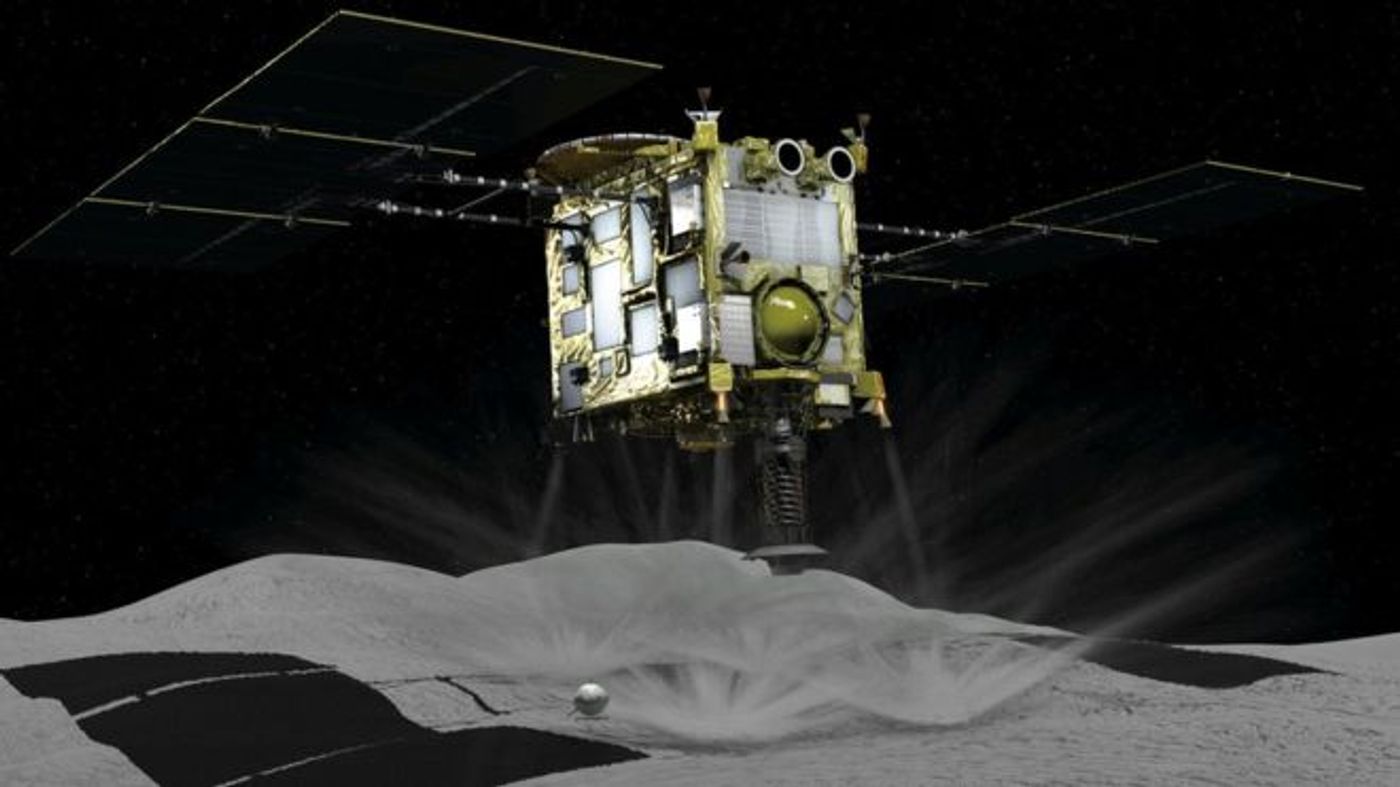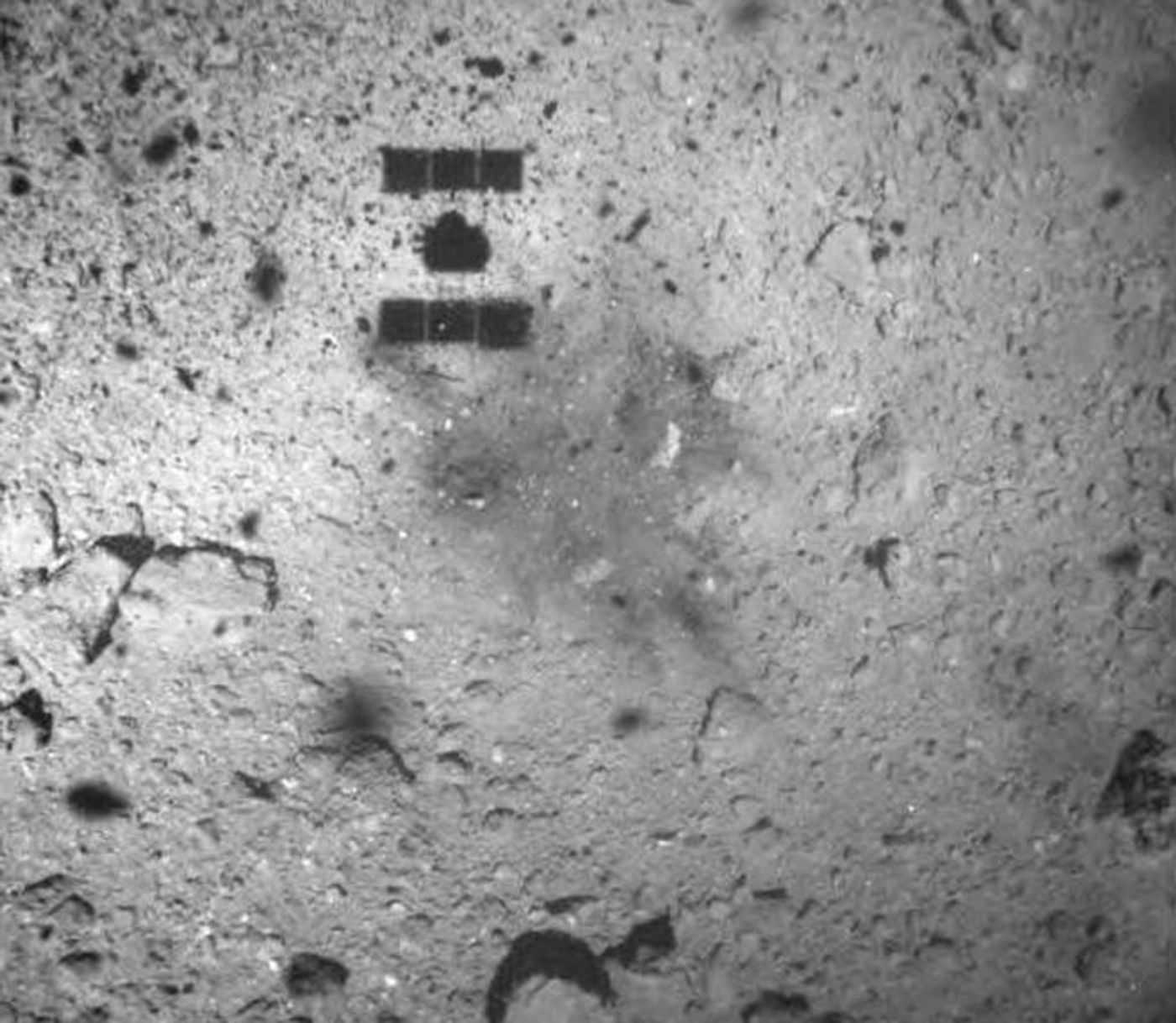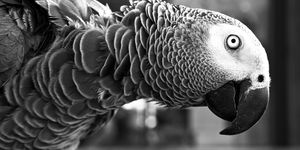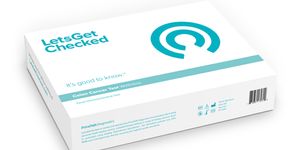Japan's Hayabusa-2 Probe Lands on Asteroid for Sample Collection
It was only a few months ago that the Japanese space agency’s Hayabusa-2 mission dropped a couple of ‘hopping’ rovers on asteroid 162173 Ryugu’s surface to capture photographs and explore the space rock’s physical surface features, but the mission’s most crucial task comprising of surface sample collection was still to come.
Image Credit: Reuters via BBC
Just last week, however, JAXA ordered the Hayabusa-2 spacecraft to land on 162173 Ryugu’s surface to move forward with the sample collection phase of its mission. Shortly after a successful touchdown, the probe fired a tantalum bullet into the asteroid’s surface and later collected airborne dust and debris before returning to its original orbit around the object.
"We made a successful touchdown, including firing a bullet," said Yuichi Tsuda, the project manager of JAXA’s Hayabusa-2 mission, in response to the successful landing. "We made the ideal touchdown in the best conditions."
Related: Learn why JAXA put two landers on 162173 Ryugu's surface
In an image captured soon after the probe left the asteroid’s surface, a dark spot where it previously resided is discernable. It’s unclear if the spacecraft’s thrusters produced this dark spot during landing/liftoff or of it was a result of the projectile striking and disturbing the surface in preparation for sample collection:
Image Credit: JAXA
As you might come to expect, the Hayabusa-2 mission didn’t collect this sample for nothing. The eventual goal is to return it to Earth by 2020 so that scientists can analyze it and learn more about the space rock’s chemical makeup and history. Now that the spacecraft is safely back in orbit around 162173 Ryugu, engineers at JAXA can begin planning the return trip to Earth.
162173 Ryugu is of particular interest to astronomers because it has been identified as a C-Type asteroid and may hold vital clues about what it may have been like in the early solar system. Adding to that, 162173 Ryugu is a near-Earth asteroid (NEA) that orbits the Sun in a potentially-hazardous trajectory; sometimes coming within one lunar distance of our planet. That said, it poses a possible threat of collision with Earth.
Related: How much damage could an asteroid impact do?
Notably, JAXA isn’t the only space agency undertaking an asteroid sample return mission in the same of science; so too is NASA. The American space agency’s OSIRIS-REx mission is currently visiting the asteroid Bennu and is expected to return a surface sample to Earth by 2023 so that scientists can take a closer look at the space rock’s composition.
Without a doubt, it ought to be interesting to see what these asteroid sample return missions can teach us. Astronomers still have many questions concerning the solar system and its formation, and missions like these have the potential to help fill the gaps in our knowledge.










